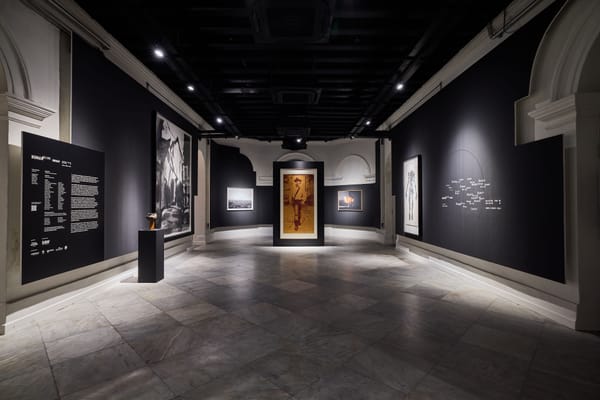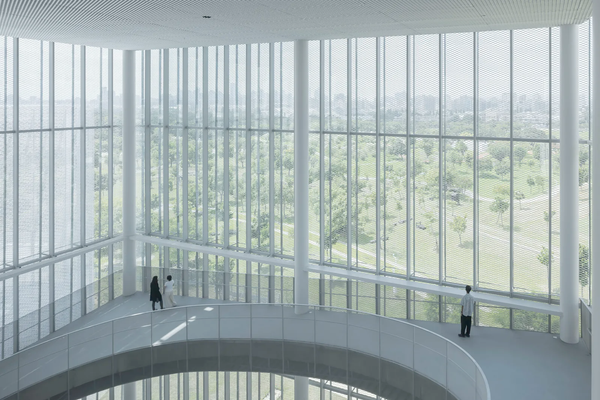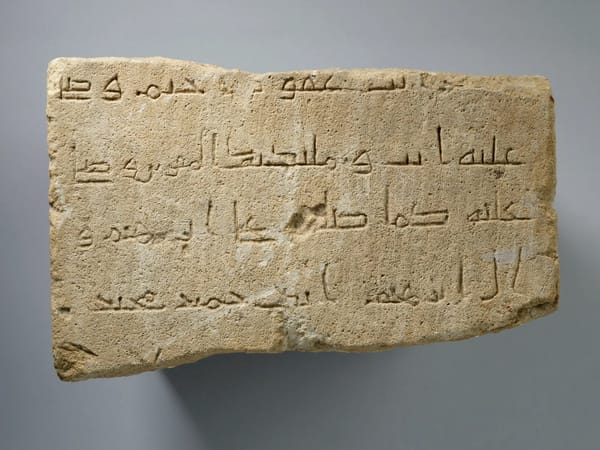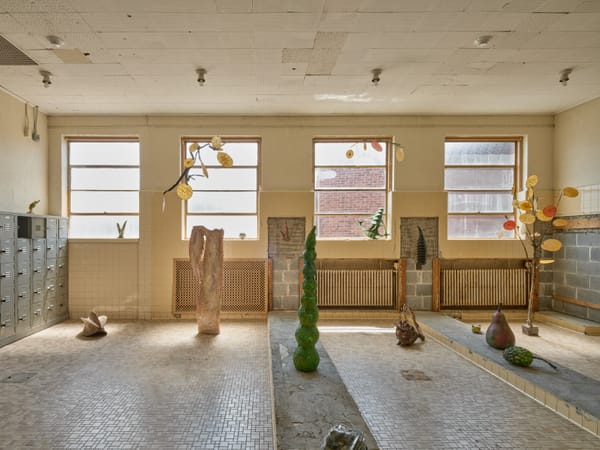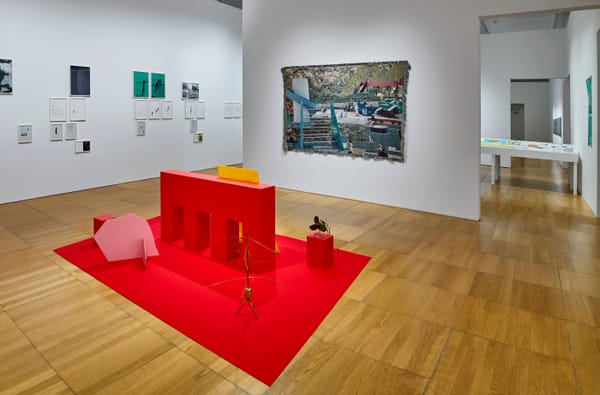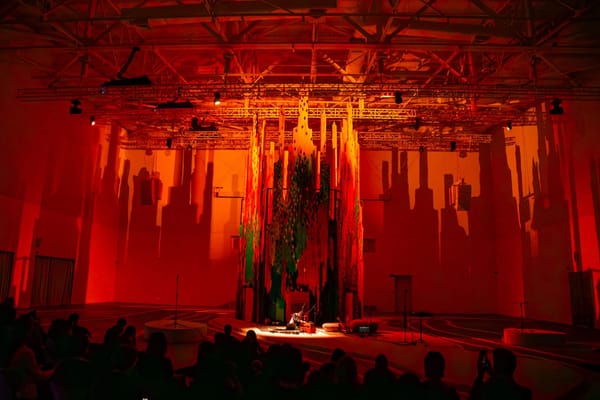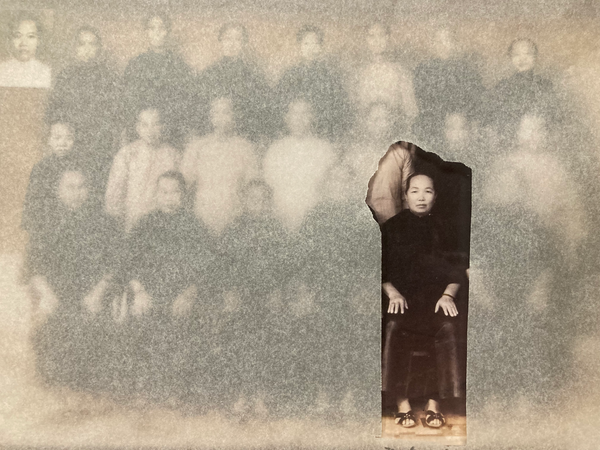Shows
Ho Tzu Nyen’s “The Critical Dictionary of Southeast Asia, Vol. 8: R for Rhombicuboctahedron”
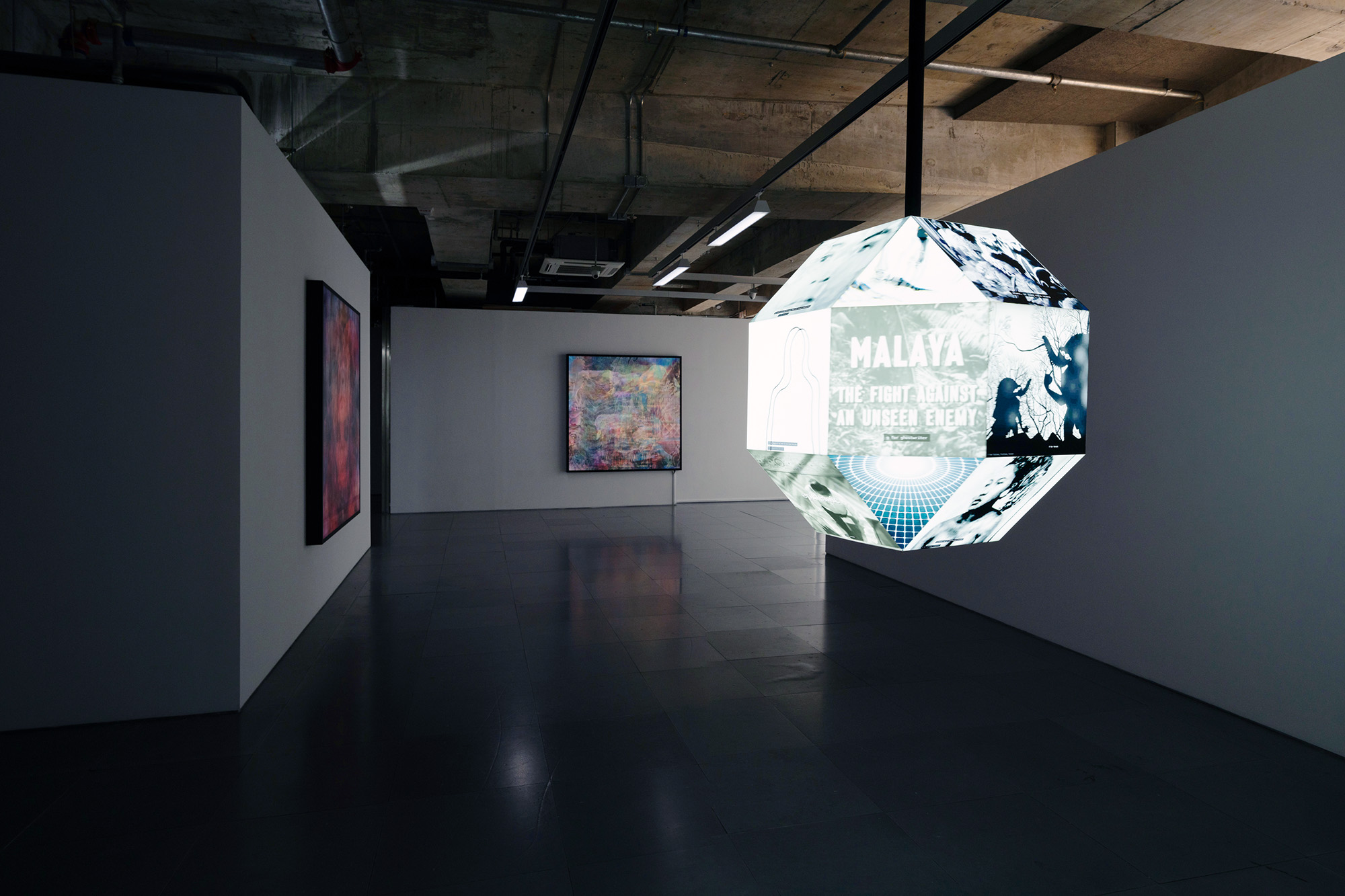

It is easy to forget that Southeast Asia was only recently demarcated with Louis Mountbatten’s formation of the South East Asia Command in World War II, and later, American military strategic interests during the Cold War, rather than tied together by a single religion, political system, or language. This observation informed Ho Tzu Nyen’s solo exhibition at Edouard Malingue Gallery, “R for Rhombicuboctahedron”—part of his sprawling project, The Critical Dictionary of Southeast Asia (2012– ). Now in its eighth iteration, the project has taken the form of an interactive internet platform; live performances; offshoot moving image installations, including The Name and The Nameless (both 2015); and, for the first time in this ongoing exhibition series, physical objects, in the form of lightboxes.
The core of the exhibition is the titular moving image installation, in which an algorithm, created by the artist in collaboration with software developer Jan Gerber and media artist Sebastian Lütgert, weaves together a rich tapestry of texts, music, and found footage pertaining to an alphabetized list of concepts, generating different permutations with every loop. Moving from A to Z, ideas collide like particles in Brownian motion. For instance, the letter “K” stands for both “kingship” and “kinship,” pointing to the cognatic kinship structures, or the transmission of power through maternal or paternal lineage, that seep into the contemporary politics of many Southeast Asian nation-states. The letter “L” (for “linear,” “lineage,” and “landscape”) is also folded within the discussion of modern nepotism under “K”, expanding the pool of associations. Despite the region’s heterogeneity and recent geopolitical history, The Critical Dictionary reveals that regional affiliations are atavistic; resonances have been felt before the time of modern nation-states. To this end, research for the project has amassed shared motifs from a diverse range of disciplines, including history, anthropology, cosmology, indigenous technology, and meteorology. Bani Haykal’s variegated narration gives flavor to the work’s many stories and ruminations, transitioning between choral phrasing to layered staccato rhythms with virtuosity.
Screens proliferate throughout the gallery. As physical manifestations of The Critical Dictionary, these screens expand the parameters of the “moving image,” releasing audiences from their passivity before the cinematic apparatus. The lightboxes CDOSEA: Square Stack (Landscapes) and CDOSEA: Square Stack (Faces) (both 2019) are made with lenticular printing, causing the images to change when viewed from different angles. As audiences move around the works, images reveal themselves briefly through the stack of 26 still images from the found footage, only to dissolve back into the shroud of oversaturated colors, while the eye continues to search for legible contours of faces or landscapes. With the other two lightboxes CDOSEA: Flat Rhombicuboctahedron and CDOSEA: Dice Rhombicuboctahedron (both 2019), each of the rhombicuboctahedron’s 26 faces became screens, one for every letter of the alphabet. Attached to a motor, the CDOSEA: Dice Rhombicuboctahedron rotates ponderously from the ceiling, animating anew The Critical Dictionary with a languid cadence. If the multifaceted rhombicuboctahedron is analogous to Southeast Asia, Ho makes no qualms to unfold it, as he does with CDOSEA: Flat Rhombicuboctahedron, collapsing any encyclopaedic aspirations towards solidity and totality into an expansive horizontal plane. Any magisterial attempt to pronounce the final word on the region is disavowed.
Considering that the project was incubated and first launched during Ho’s residency at Hong Kong’s Asia Art Archive, in many ways, this chapter of The Critical Dictionary is both a rewriting of itself and the city. Hong Kong bears an ambiguous relationship with Southeast Asia. In spite of the ubiquitous presence of foreign domestic workers from the Philippines and Indonesia, parallel histories of British colonialism with Myanmar, Singapore, Malaysia, and Brunei, or its maritime connections as a port city, Hong Kong has rarely considered itself a part of the region. But as The Critical Dictionary reveals, the crude facts of geopolitical and geographical boundaries do not make a region, and with its transnational itinerary, the project continues to unravel Southeast Asias beyond Southeast Asia.
Ho Tzu Nyen’s “The Critical Dictionary of Southeast Asia, Vol. 8: R for Rhombicuboctahedron” is on view at Edouard Malingue Gallery, Hong Kong, until May 17, 2019.

